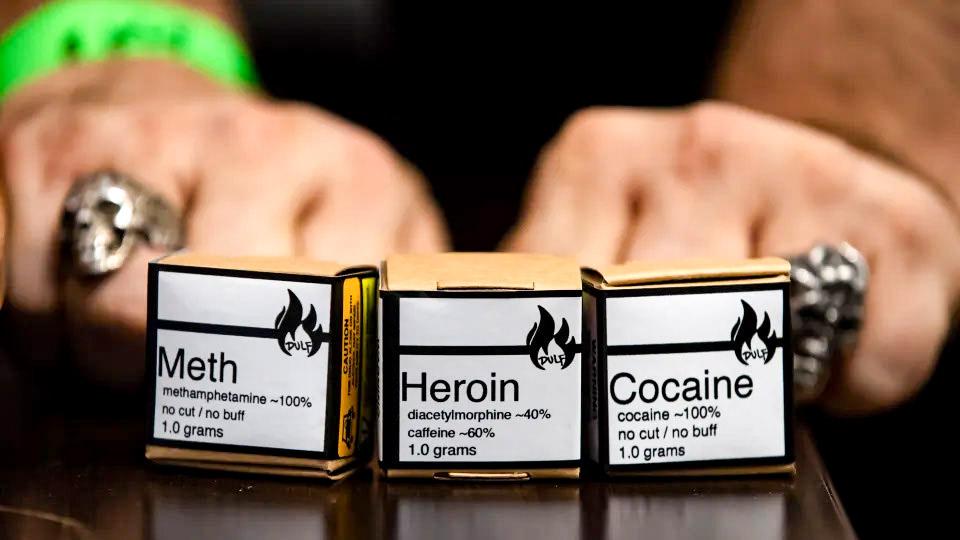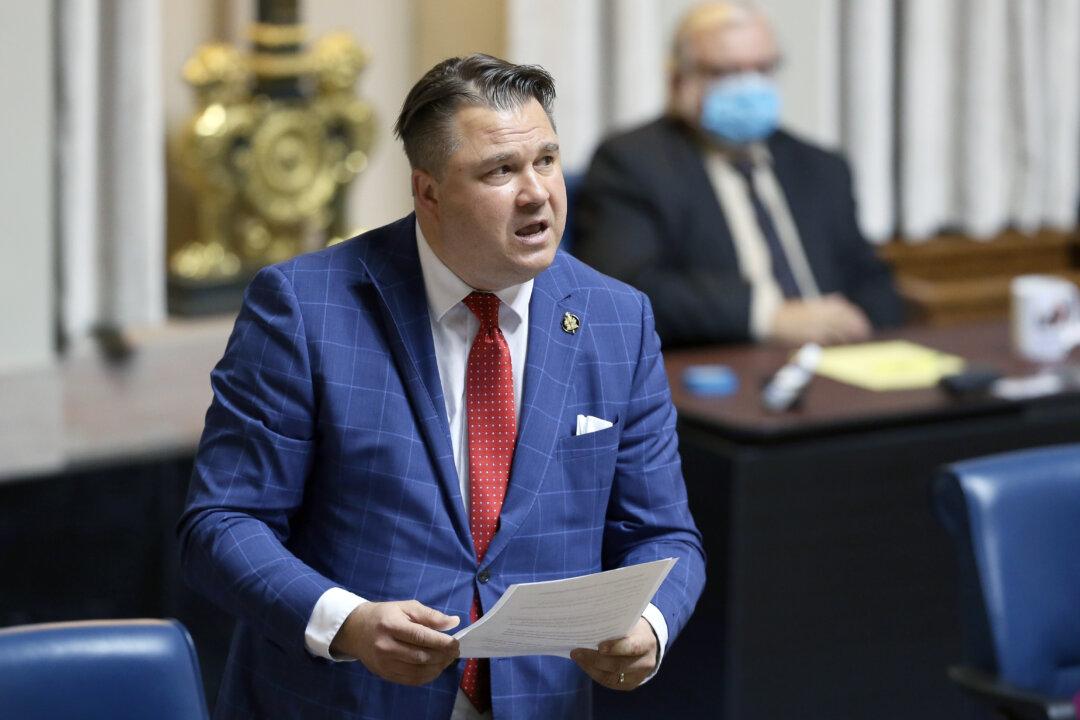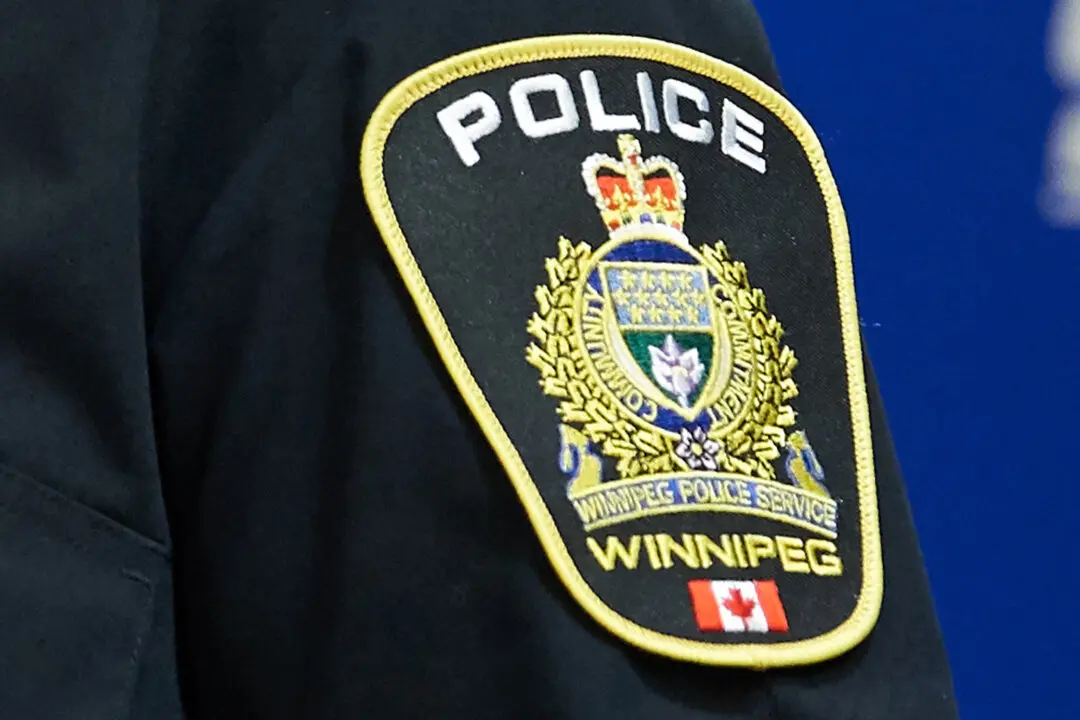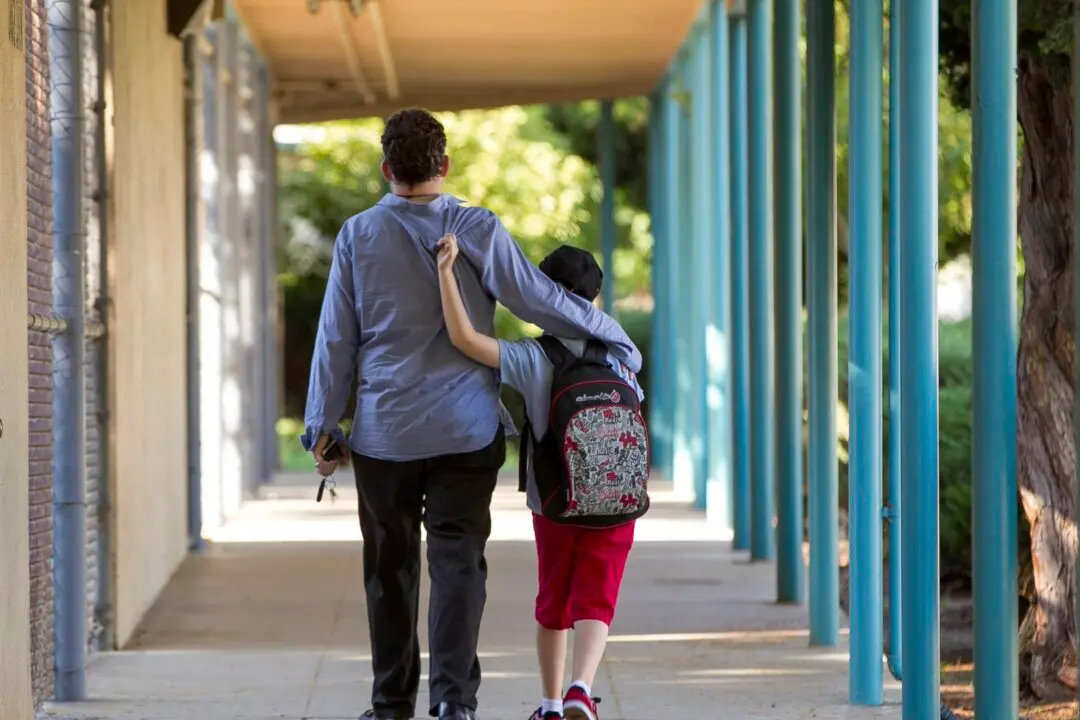The Ontario government’s recent ban on supervised drug consumption sites near schools and child care centres is the latest part of a countrywide step back from the national harm reduction approach to drug addiction.
The ideology of harm reduction, which advocates for a so-called safer supply of opioids and the decriminalization of hard drugs, held a dominant position in Canadian addiction policy as recently as last year.





